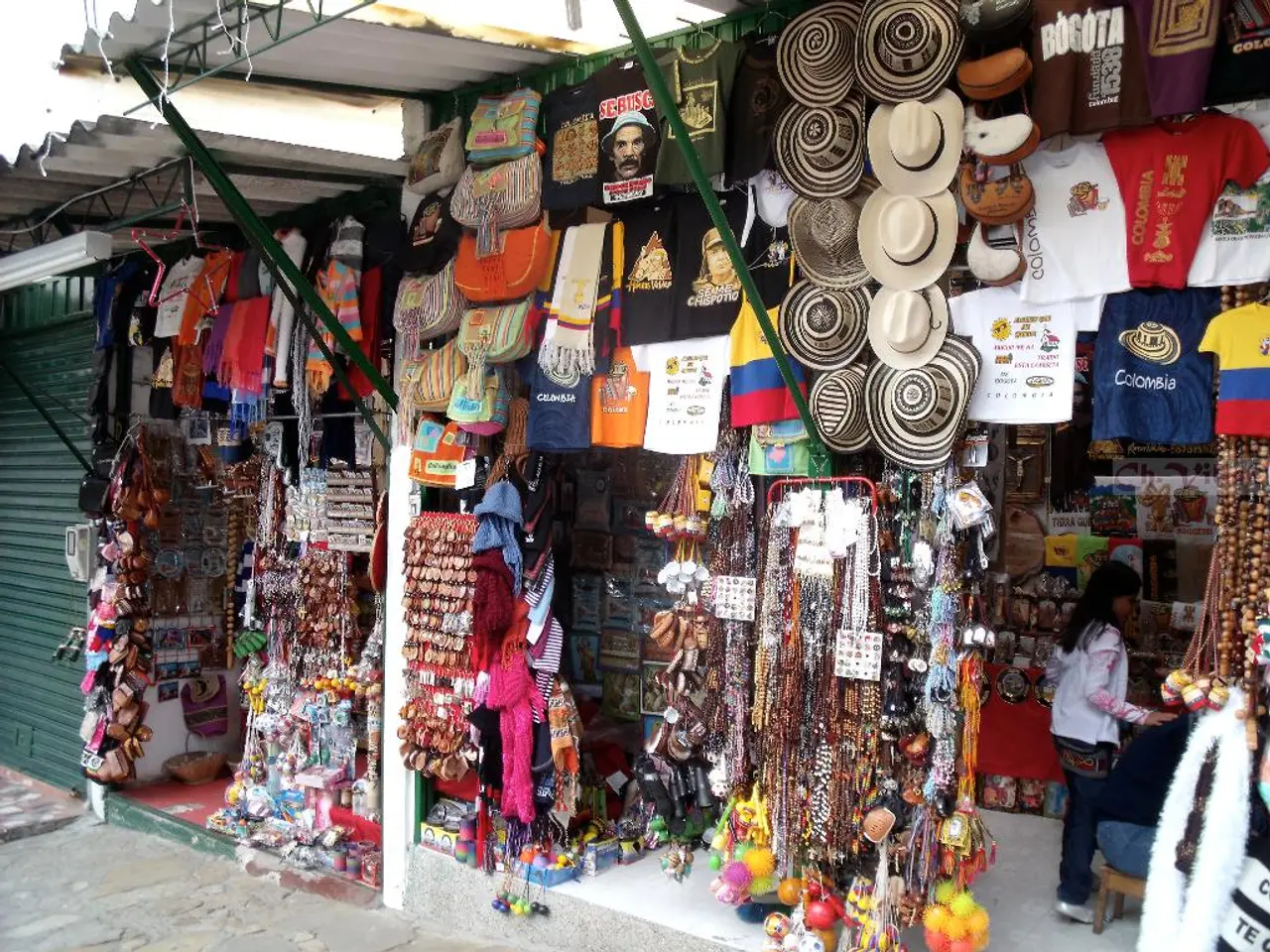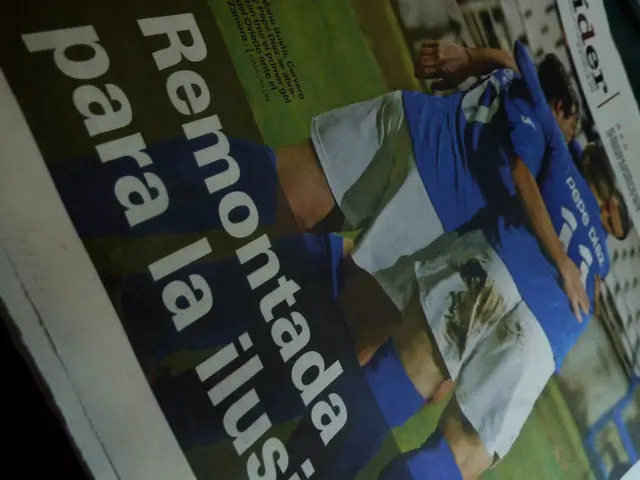"Josep Maria Galí predicts that in the next five years, between 10% and 30% of brick-and-mortar stores may shut down due to the rise of online trading"
In the ever-evolving world of fashion, a significant shift is underway. This transformation is being spearheaded by a change in consumer behaviour, as well as the rise of e-commerce.
Josep Maria Gali, a renowned expert in purchasing behaviour, advertising effectiveness, and brand and intangible valuation, has observed this change closely. With over twenty years of experience in strategic brand and organisational consulting, Gali is at the forefront of this revolution.
One of the most noticeable changes is the way consumers approach their fashion investments. Gone are the days of impulsive buying. Today, consumers think before they invest, ensuring they make wise decisions that align with their needs and budget.
This shift is particularly evident in Spain, where disposable income has returned to levels last seen in 2002. Prices that most people can afford have dropped by 15% to 25%. This economic climate has led to a reevaluation of past investments in fashion. Many garments that were once considered investments are now seen as spending, as consumers question the value of purchases that don't justify their cost.
The fashion industry is responding to these changes. Gali suggests ending the sales topic and instead offering lower prices all year round as a strategy to reactivate consumption. This approach aligns with the current trend of sustainable and slow fashion, which promotes responsibility and avoids overproduction.
The Christmas campaign, a traditional staple of the fashion sector, is not working as expected this year. Structural factors, fear and uncertainty, and the distortion of the sales topic in a continuous production industry have all contributed to this.
The impact of this shift is far-reaching. In the next five years, between 10% and 30% of stores may close, depending on the sector. This underscores the need for real decisions to be made in the fashion industry, not just a continuation of the same practices as before.
Despite the challenges, there are signs of hope. Online shopping is expected to increase due to rising mobility costs and potential oil prices. Everyone, regardless of age, is buying clothes online. This trend is expected to continue, bringing fashion closer to consumers and optimising their time.
The relationship between fashion companies and consumers is slowly changing. Synergies and contradictory signals are emerging as both parties adapt to this new landscape. Gali claims that the solution to reactivate consumption is a combination of the brand-consumer relationship and a price reduction that brings the product closer to the final consumer.
As we move forward, it's clear that the pre-crisis consumer may not return, depending on the market segment. Instead, we are seeing a shift towards timeless, minimalistic, and high-quality designs. Streetwear is blending with elegant, classic styles, while upcycling and respect for nature are becoming increasingly important in haute couture collections.
In this new era of fashion, the consumer is king. They are thinking before they buy, reusing and replenishing less, and seeking out sustainable and timeless designs. The fashion industry must adapt to these changes to thrive in the years to come.







